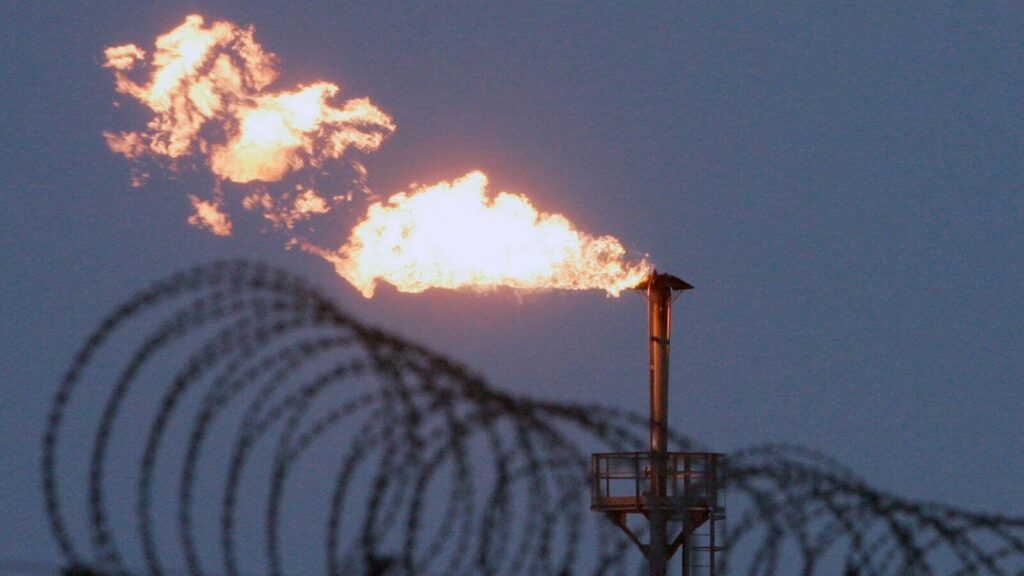As concerns about a global oil glut intensify, crude oil prices have plummeted to their lowest point in five months. West Texas Intermediate (WTI) experienced a significant 3.8% drop, settling below $69 a barrel, marking the lowest level since late June. This downward trend persists despite OPEC and its allies implementing new output cuts, failing to curb the seven-week decline.
The market continues to grapple with signs of abundant supplies, contributing to the ongoing price pressure. The weekly average of Russia’s seaborne crude exports surged to its highest level since early July. Additionally, a US government agency revised its oil output estimate for the country, projecting an increase of 30,000 barrels per day from the previous month’s forecast.

Oversupply concerns are further highlighted by the spreads between monthly contracts, with the front end of the Brent futures curve closing at its weakest level since June.
Dennis Kissler, Senior Vice President for Trading at BOK Financial Securities, noted, “Futures are trying to solidify a bottom from last week’s selloff.” He emphasized that the contango structure, where back-month futures outpace front-month futures, indicates a perception that current oil supplies are abundant.
The current oil market is undergoing its longest weekly losing streak since 2018, experiencing a decline of more than a quarter from the peak reached in late September. Forecasts predicting a slowdown in Chinese consumption growth and persistent concerns about a US recession contribute to a gloomy demand outlook for the first quarter.
This week, market participants will closely watch the latest monthly assessments of market fundamentals from the International Energy Agency, OPEC, and the US Energy Department. Simultaneously, attention will be directed towards the Federal Reserve’s final rate decision of the year, as uncertainties in the global economy continue to impact oil prices.









